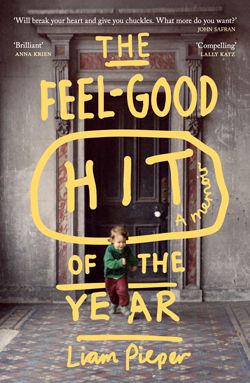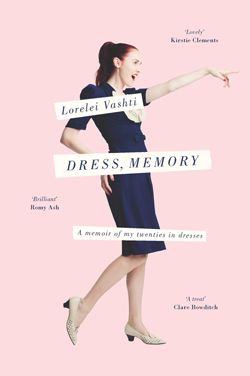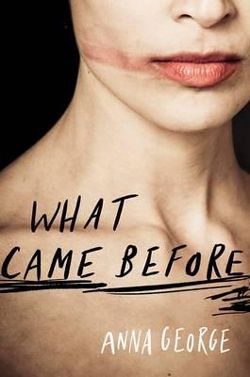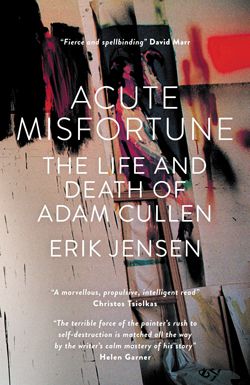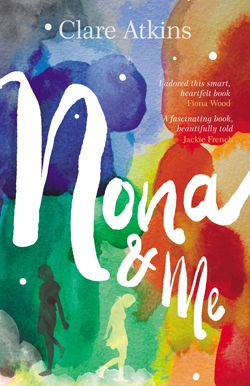Digital marketing manager Nina Kenwood selects her favourite debut Australian books from this year.
The Feel-Good Hit of the Year by Liam Pieper
This was the first book I came across in 2014 that made me want to start shouting from the rooftops, ‘Everyone should read this!’.
It’s a memoir about Liam’s early life – his childhood through to his twenties – and it tells of how drugs, addiction and loss came to loom over his family. It’s a dark book, but also a darkly comic one. Pieper is self-deprecating and funny, and never misses a chance to point out his own flaws and faults.
As I said in my review (you can read it in full here): “This is a book to be devoured quickly and then reflected on slowly. It’s intimate, raw and occasionally heart-breaking. Pieper is a fiercely talented writer, and The Feel-Good Hit of the Year stands as one of the best Australian memoirs of the past few years.”
Dress, Memory by Lorelei Vashti
Another break-out memoir from a young Australian writer that I greatly enjoyed. Born out of her blog Dress, Memory, Vashti uses her collection of beautiful vintage dresses as an inspiration and jumping off point to tell different stories about each year of her tumulteous twenties.
Dress, Memory really captures the experience of what it’s like to grow up as a young women in Australia. Vashti makes and loses friends, falls in and out of love, falls in and out of depression, and travels between cities and countries. Throughout it all, she’s charming, funny and so damn likeable you’ll wish she was your friend in real life.
This is a great gift for anyone in their twenties and thirties, and makes an interesting companion read to Lena Dunham’s Not That Kind of Girl.
What Came Before by Anna George
What Came Before is classified as crime fiction, but if I had to describe it, I would say it is a relationship novel, following a couple from their happy beginning to a bitter, ghastly end. It’s a character study, and Anna George is very, very good at creating and writing believable characters.
What Came Before centres on Elle, a thirty-something filmmaker struggling to make her second feature film after the breakout success of her first. She meets David, a charismatic lawyer, and they fall in love, but all does not run smoothly. At every point in the novel, Elle felt so real to me; her desires, her thoughts, her career troubles, even her films (I caught myself wishing I could rent her first film out to watch.)
This book makes a gripping (if rather depressing) summer read, especially if you live in Melbourne; the city is so beautifully drawn, it’s like a character itself.
Acute Misfortune by Erik Jensen
Acute Misfortune is a remarkable book. It is the story of Adam Cullen, an artist most well known for winning the Archibald Prize in 2000 with a portrait of actor David Wenham.
Years ago, Adam Cullen approached Jensen (a young journalist) to write his biography. He said a publisher wanted his story, and he needed Jensen to write it. And so, Jensen began spending a lot of time with Cullen, recording events and moments, and he continued to do so even when it became increasingly clear that no publisher was interested in a Cullen’s biography, and never had been.
You don’t need to be interested in art, or know anything about Adam Cullen, to read this book. It’s a portrait of a deeply troubled man, a careful – at times almost clinical – account of the time Jensen spent with Cullen. It’s the story of addiction and decline, of a man that struggled to find a way to live in the world. It’s a gripping as a psychological thriller, and both profoundly moving and enraging at times. An absolute must-read.
Nona and Me by Clare Atkins
Nona and Me has all the hallmarks of your classic YA novel; there’s boy trouble, friendship drama, parental conflict (including an absent parent) and general teenage identity issues (‘What kind of person am I?’ ‘What kind of person do I want to be?’). Everything you need for a great story is right there. What makes Atkins’ book a little different is the fact that she sets it in remote Northern Territory.
Rosie, our protagonist, is white. Her best friend from childhood, Nona, is Aboriginal. Inseparable as girls, they haven’t seen each other for years, until Nona moves back into town. Nona’s return and the conflicted feelings it brings out in Rosie, along with rising racial tensions in the community, give the book an added depth and complexity. I loved the story and appreciated how Atkins held the many plot threads together.
Atkins wrote a piece on our blog that provided a fascinating insight into her writing process. She said: ‘I suspect that many non-Aboriginal writers are scared of writing Aboriginal characters. I know I was. It is so easy to misrepresent. Or reinforce negative stereotypes. Or gloss over negative character traits in order to counter prejudice, and end up with a portrayal no one believes is real. My way around this, in writing Nona and Me, was threefold: I worked with a fantastic Yolngu lady; I wrote from Rosie’s perspective rather than Nona’s; and I gave up the idea that the book should be in any way ‘representative’’
I encourage you to read the whole post here.


